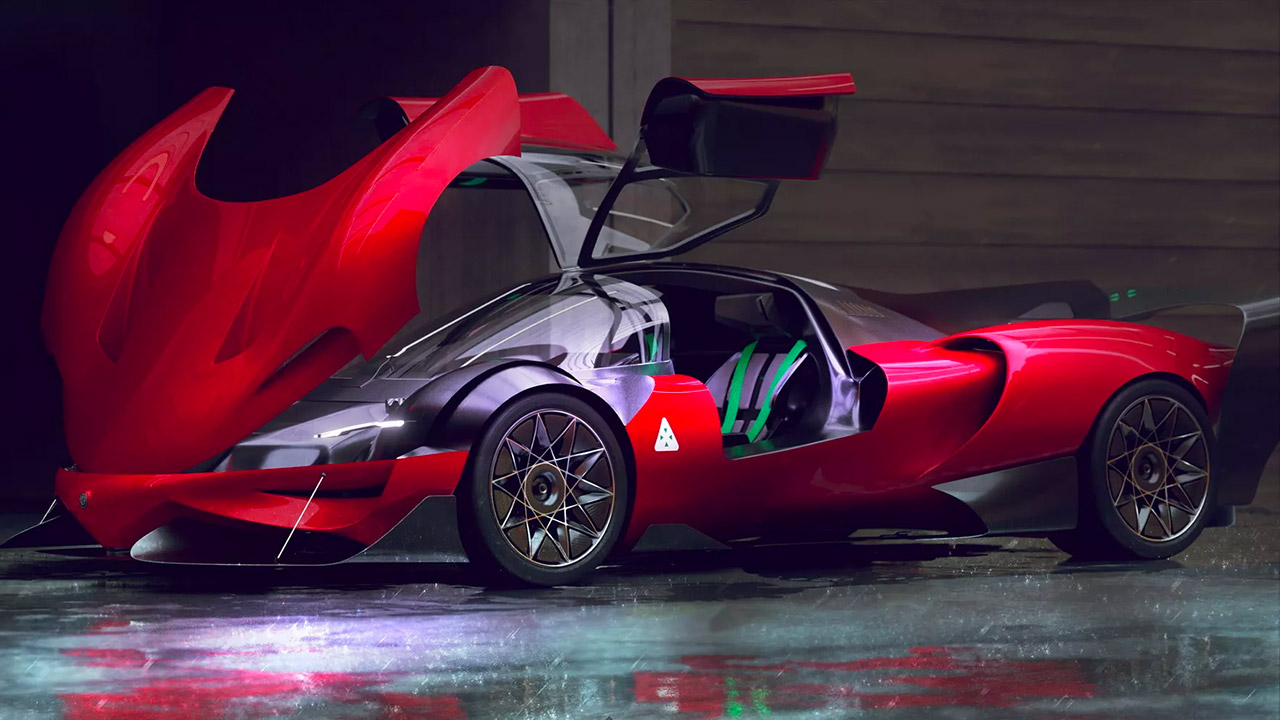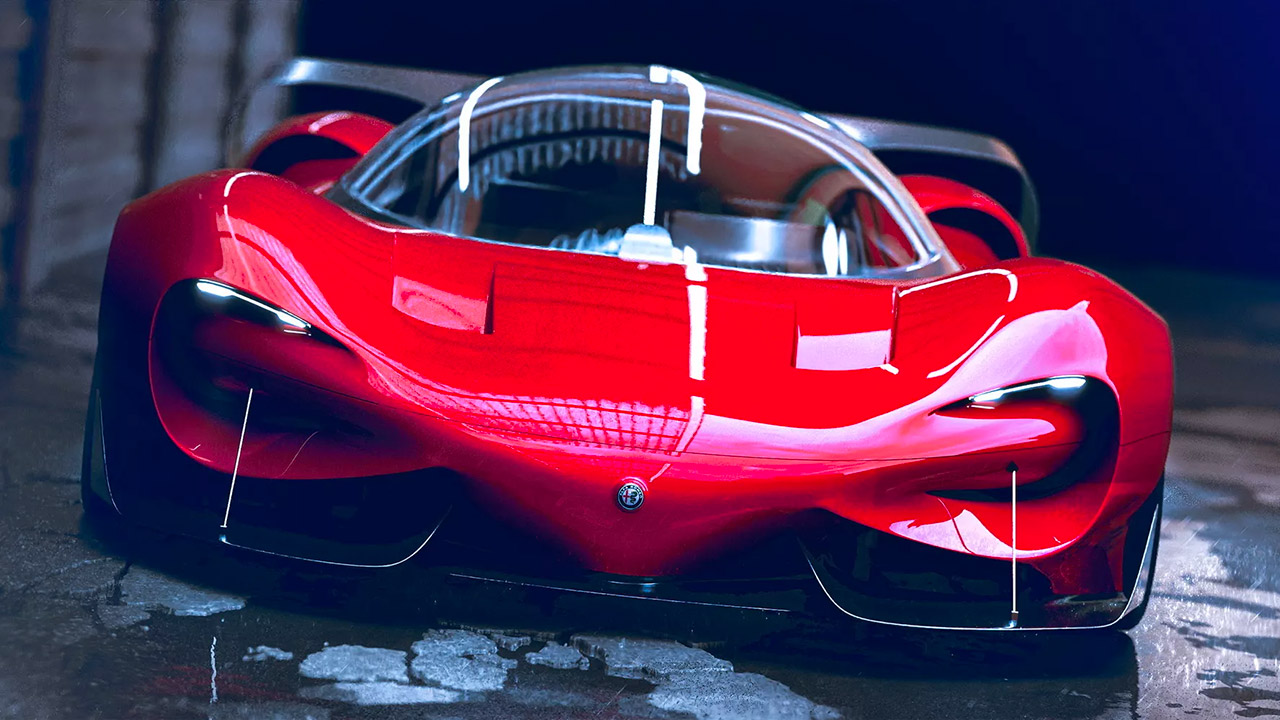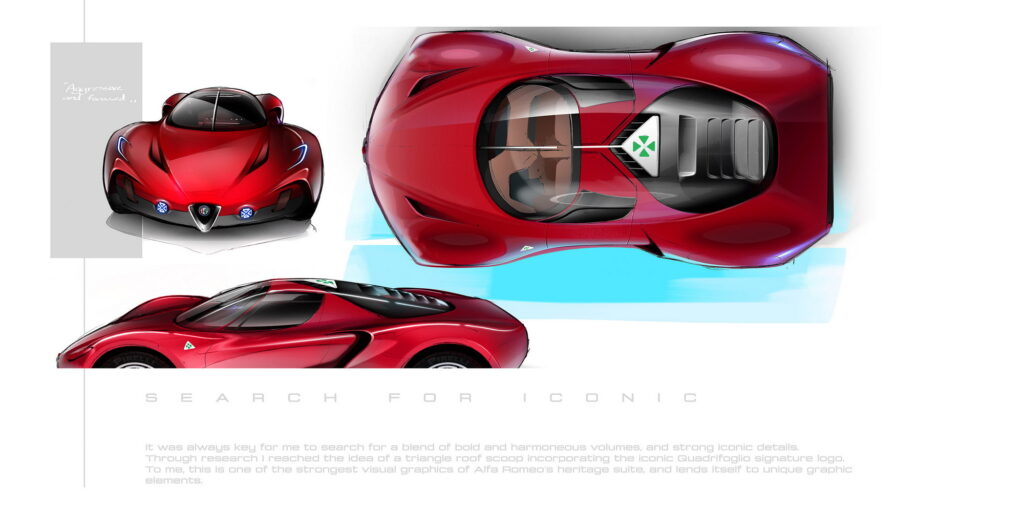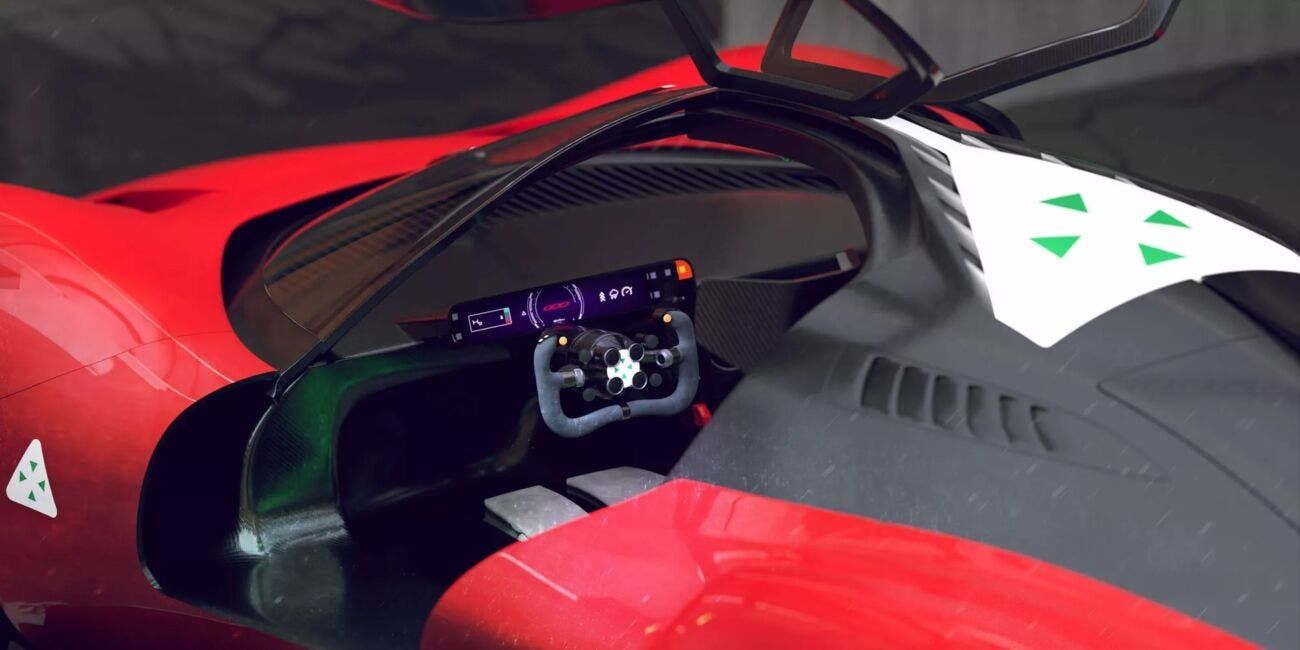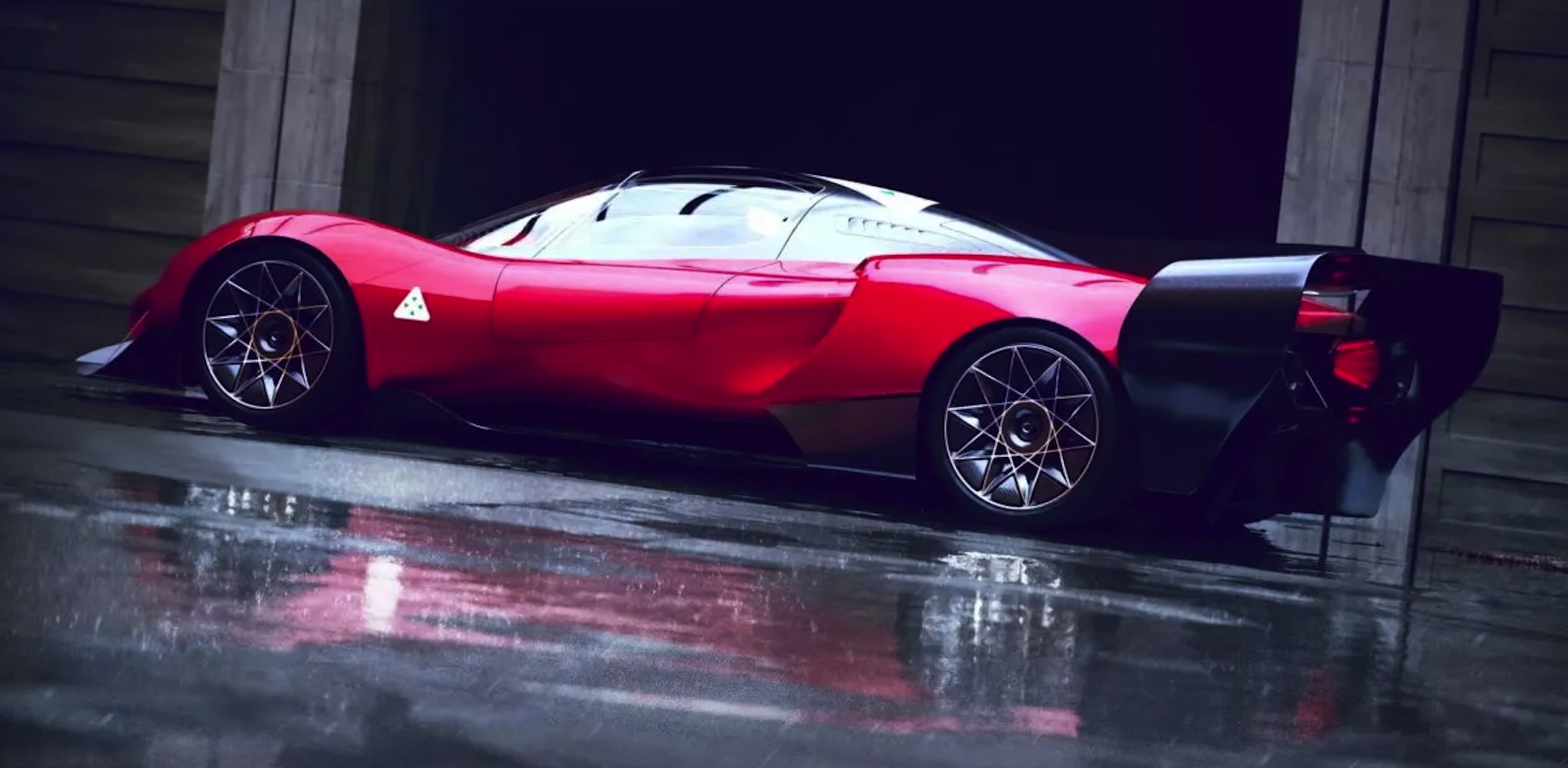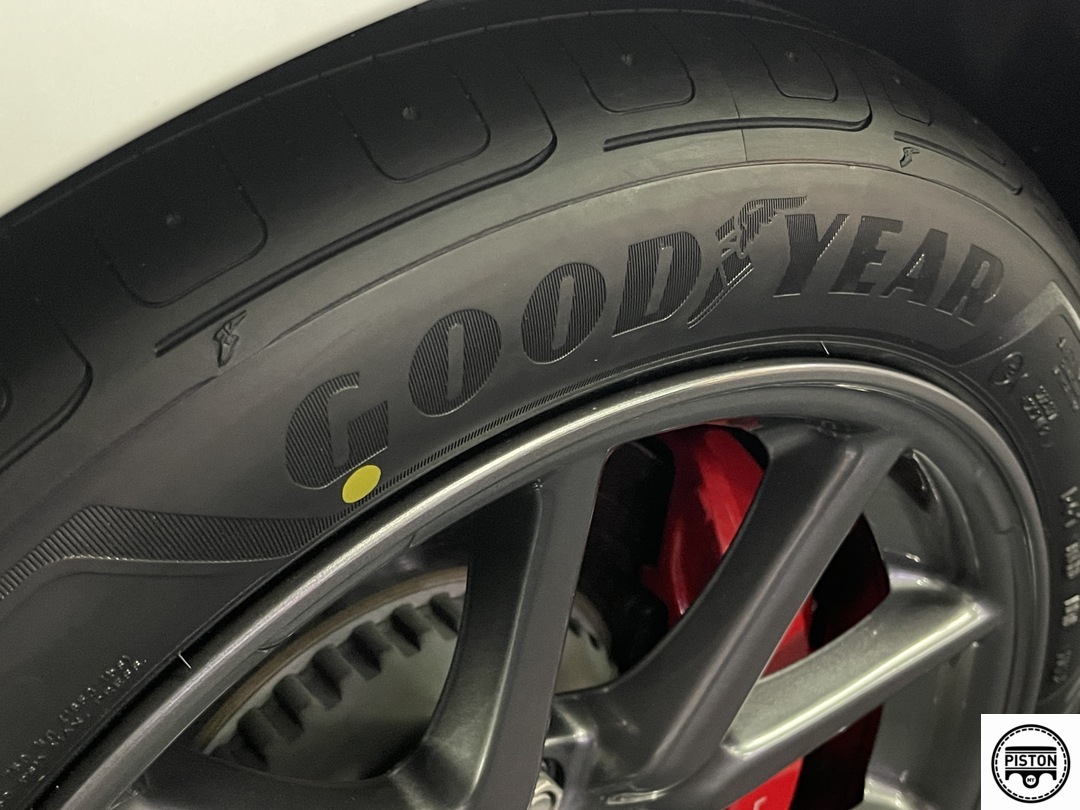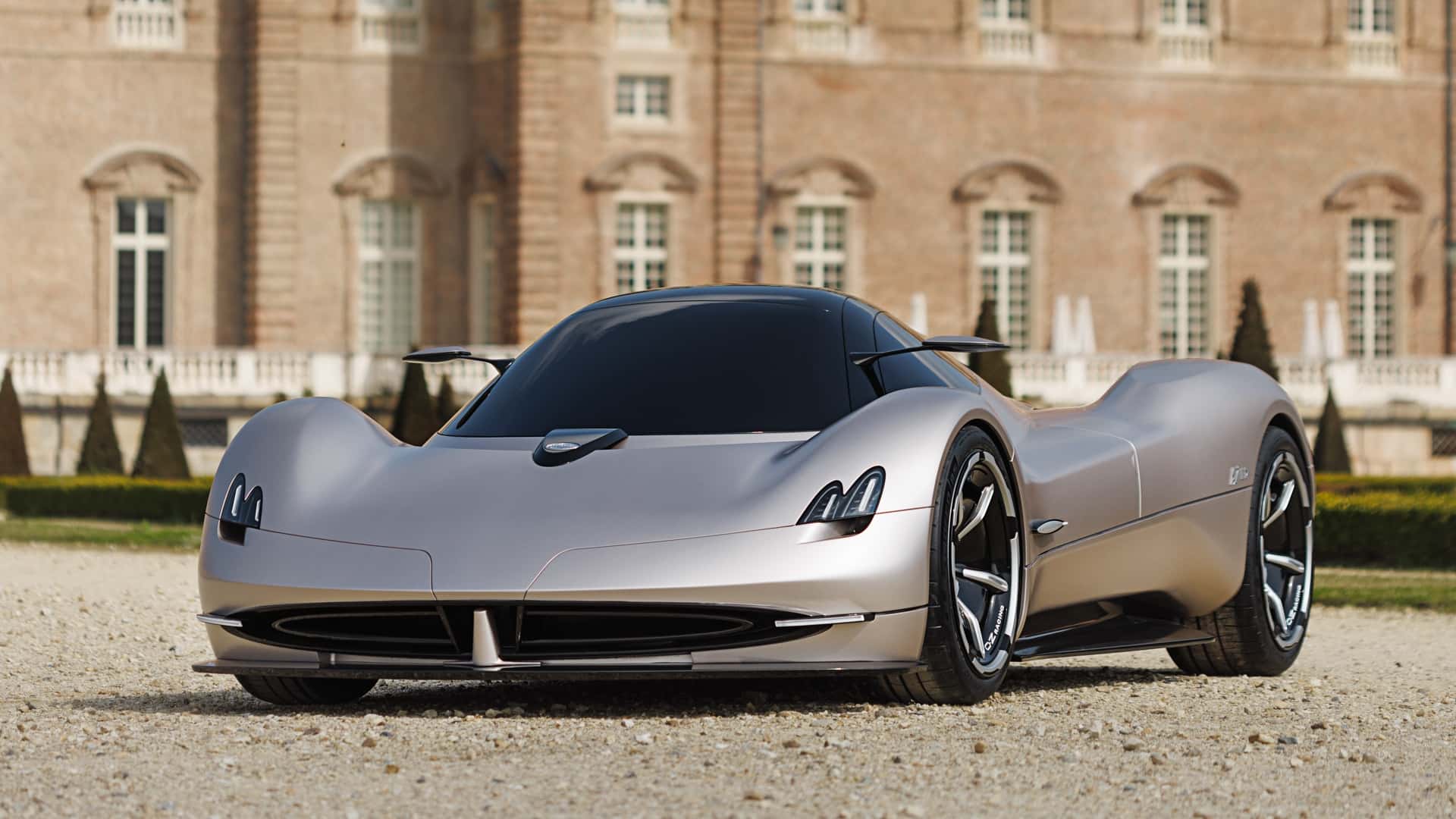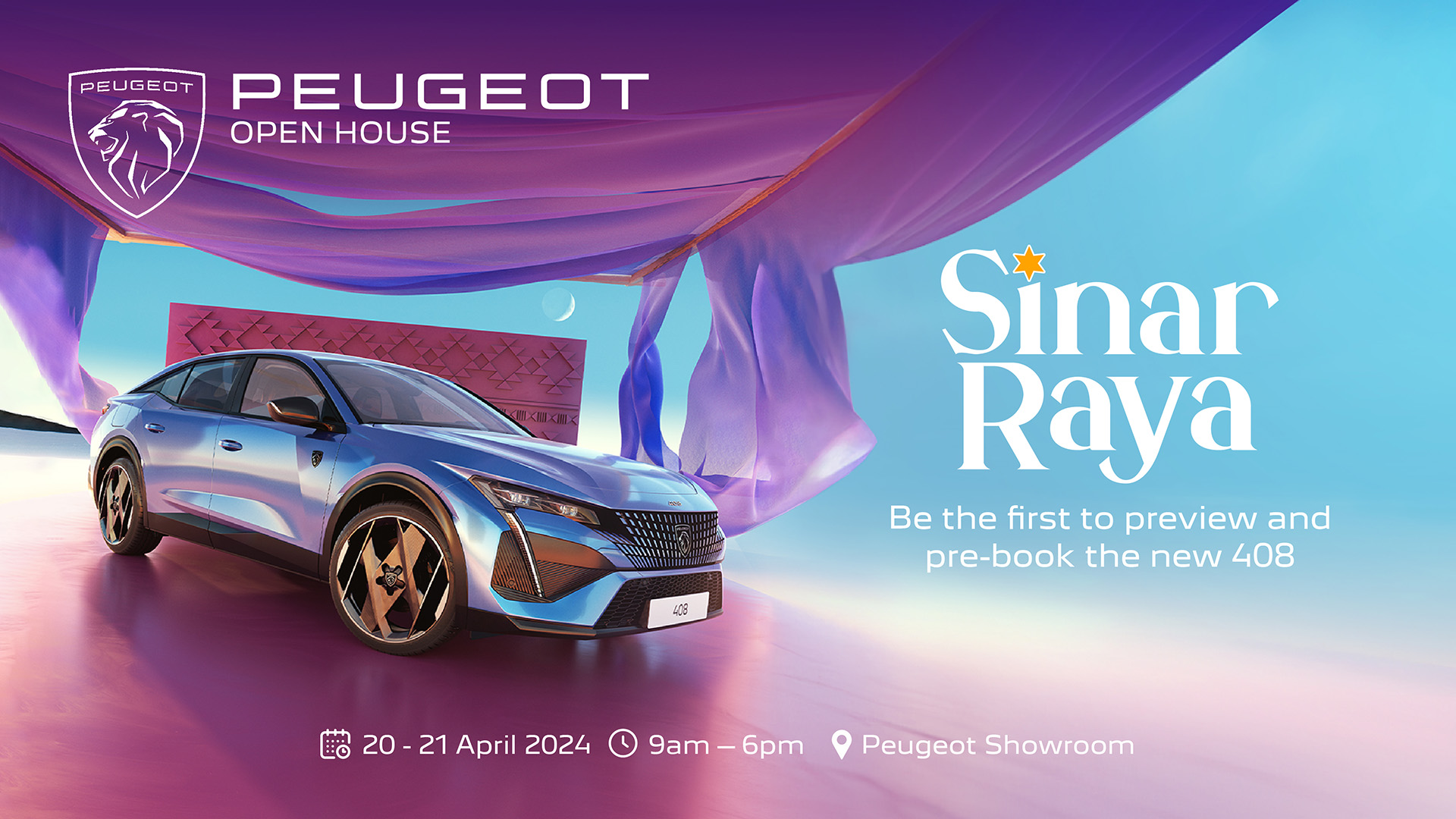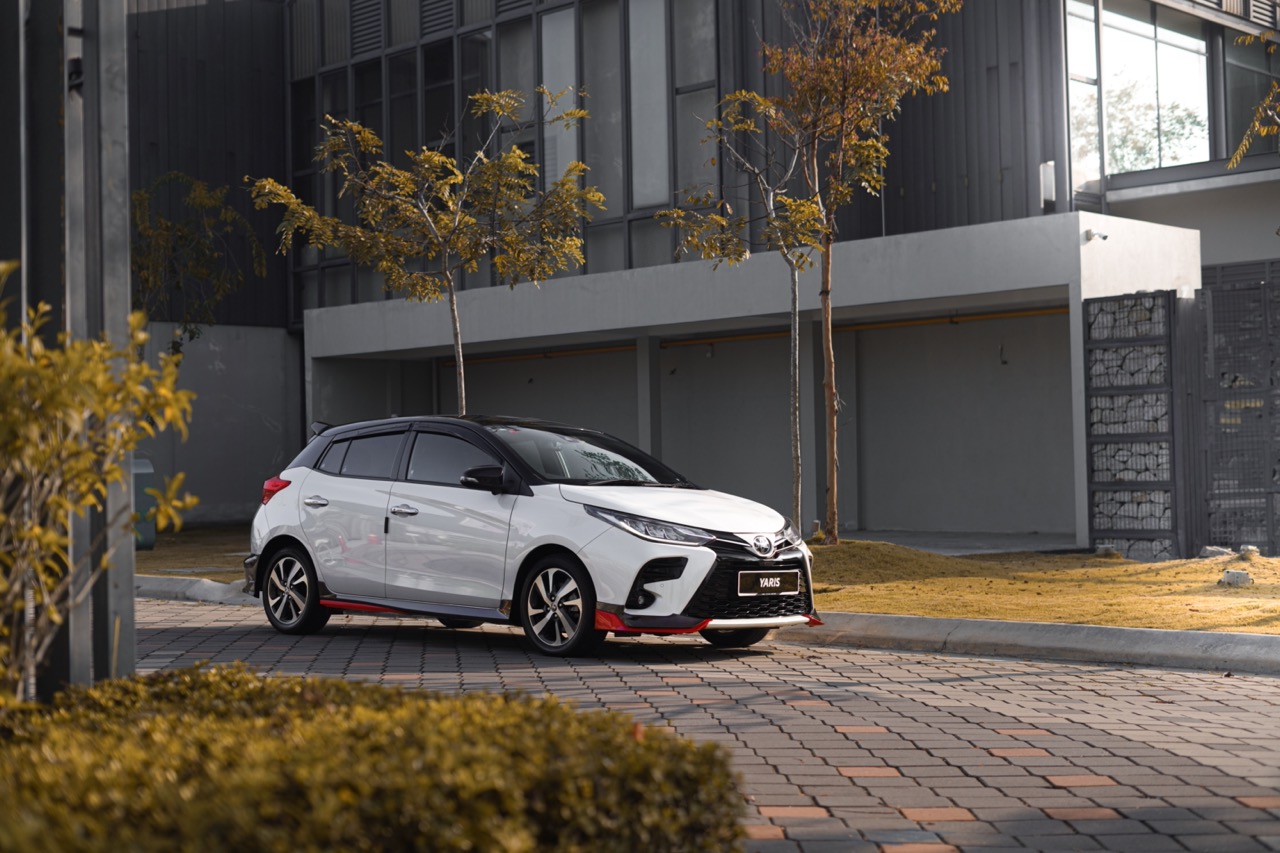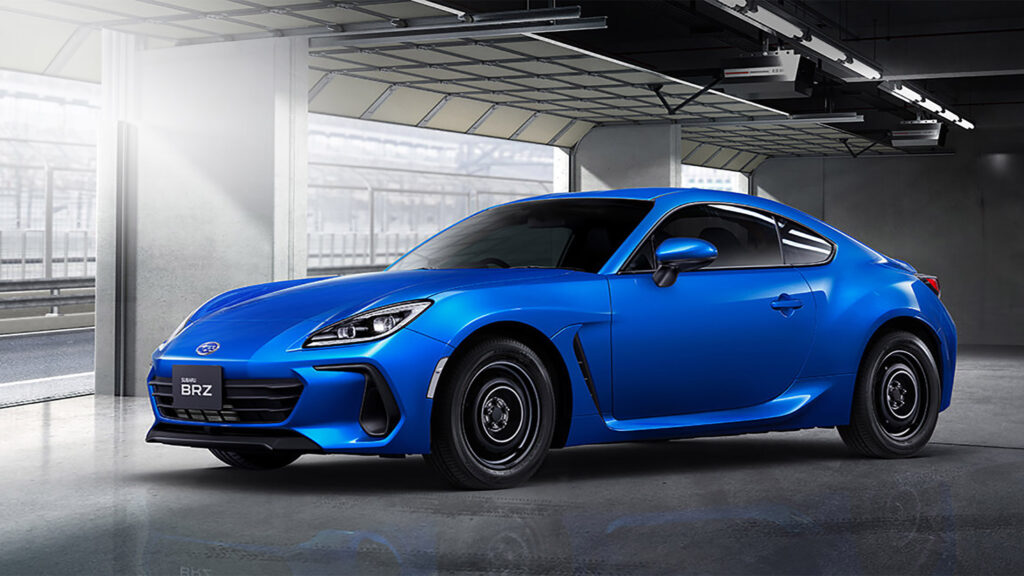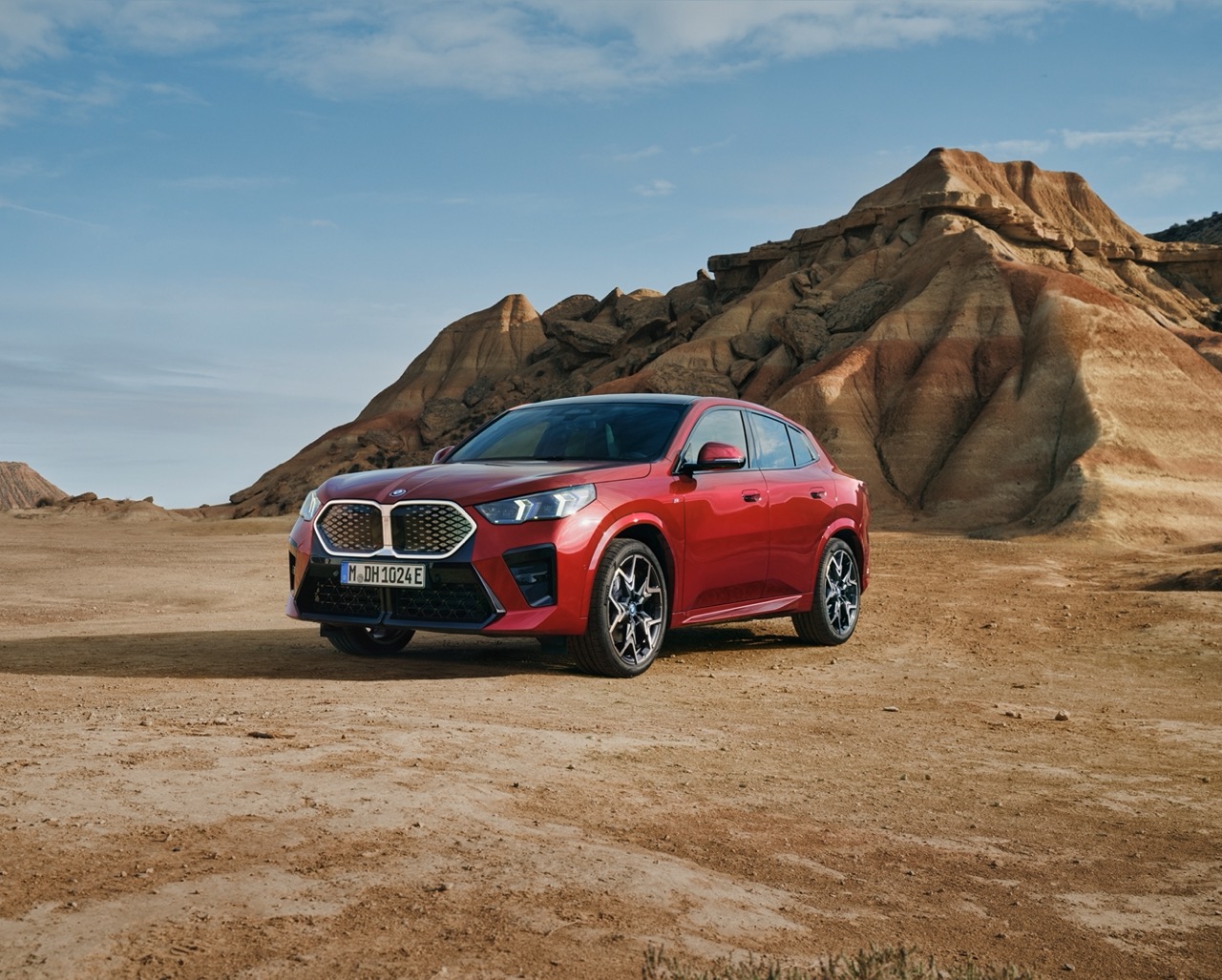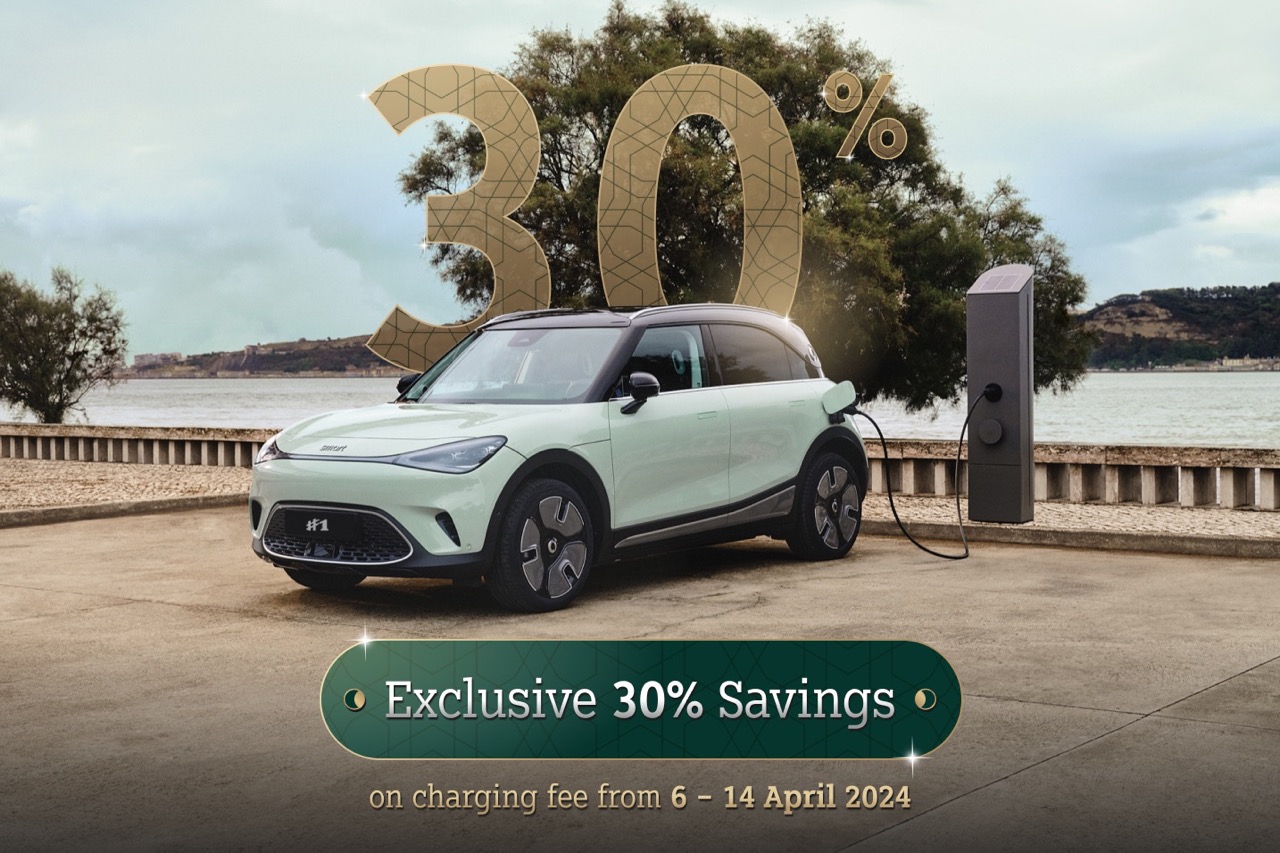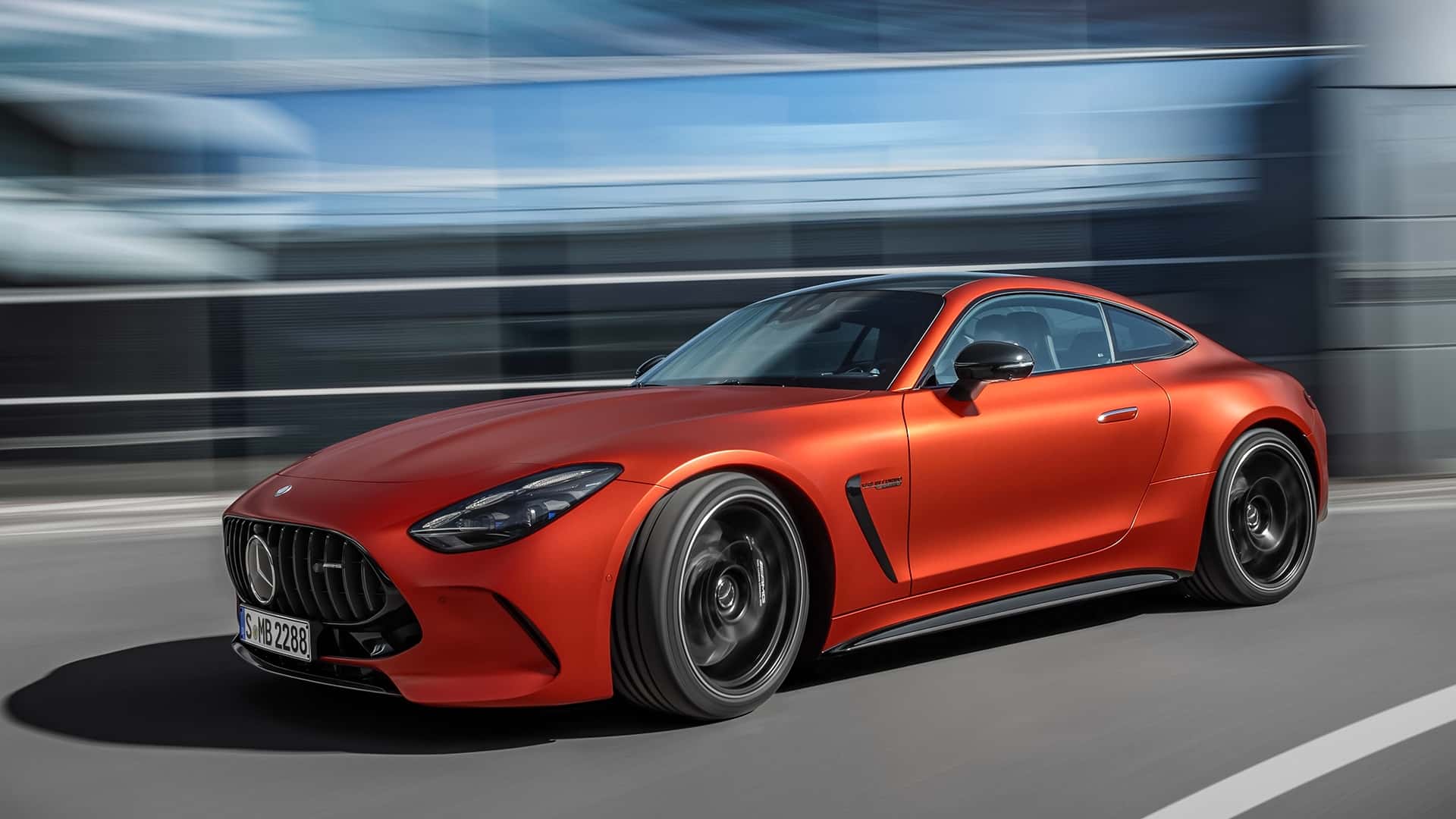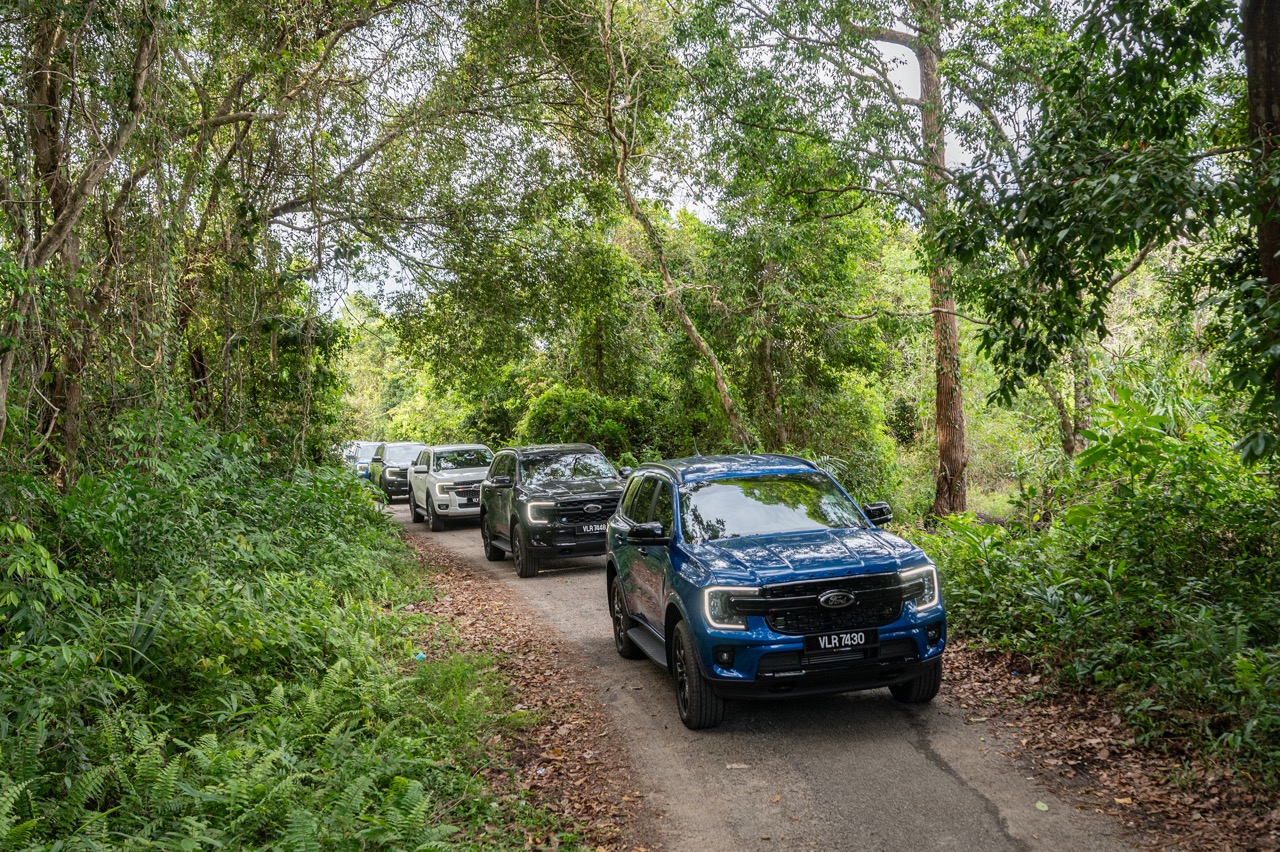A startlingly large number of automakers have returned to the world of prototype racing thanks to the Le Mans Hypercar class. It is unfortunate that Alfa Romeo is not one of them despite its racing heritage. But that doesn’t mean one can’t dream, and so designers like Daniel Kemnitz have shown us what an Alfa Romeo Hypercar could look like.
Kemnitz, a skilled automotive artist from Copenhagen, Denmark, revealed that the idea for his drawing of the Alfa Romeo P7 came to him while he was a student at IED Torino. He admitted, nevertheless, that a number of limitations—including a lack of time and other issues—led to the final project he presented to his academics falling short of his original expectations.
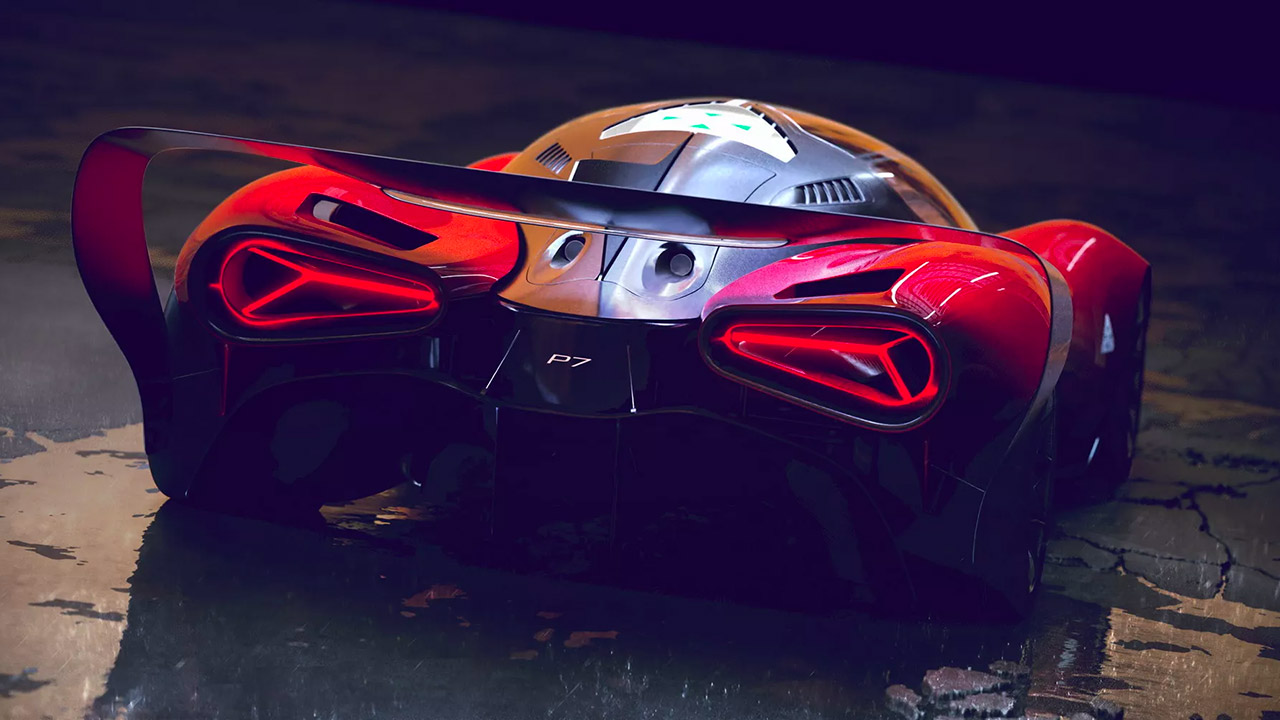
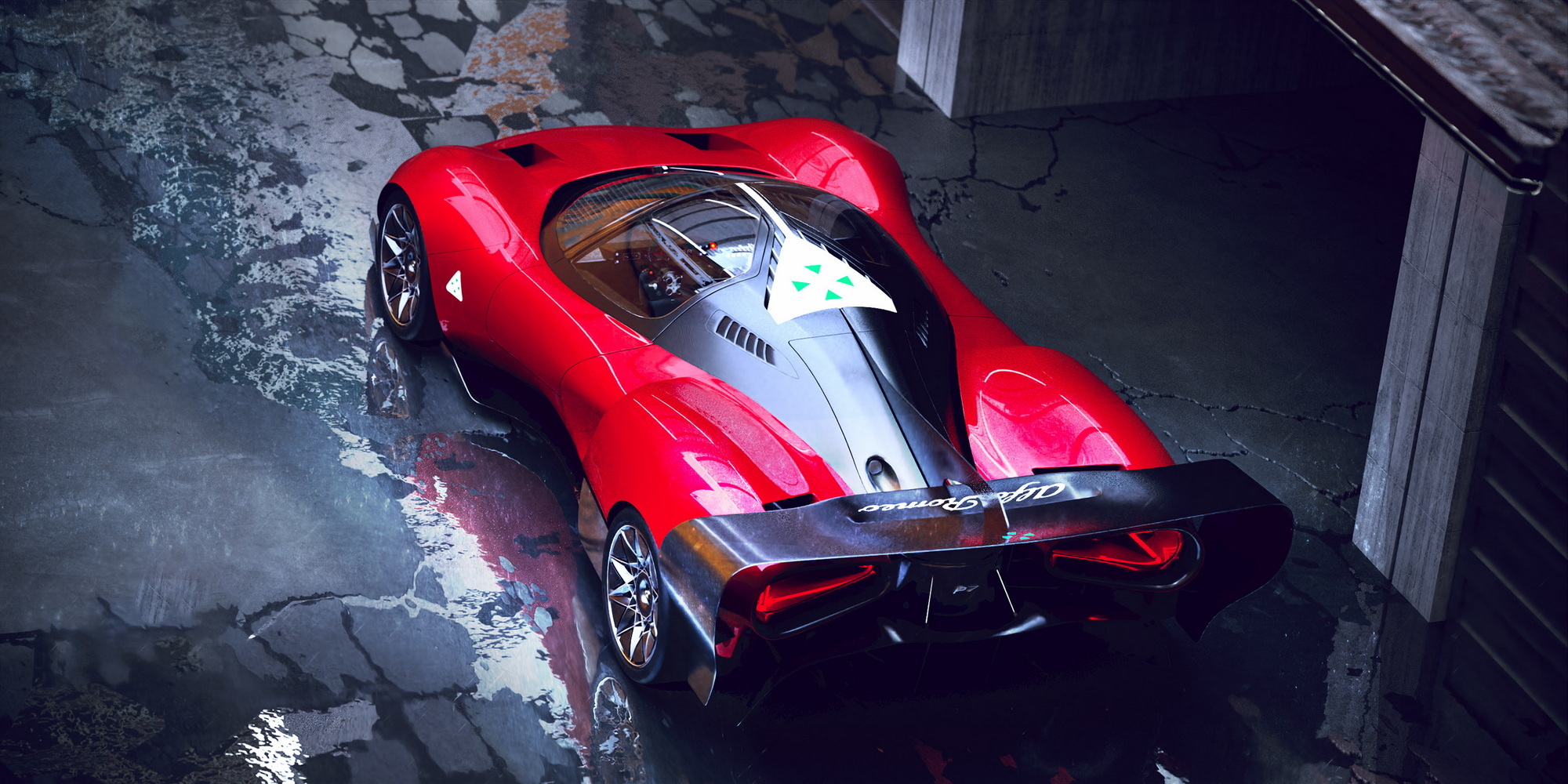
“I have since worked on bringing the old project back to life, thus many of the featured sketches and ideas have quite a jump from where I left the project, to the now finished end result,” he said, according to news reports.
In the study, which is available on Behance, a social media platform owned by Adobe, Kemnitz explains that he wanted to examine Alfa Romeo at its greatest, “from a point of design as well as engineering.”
Given how closely tied racing is to the brand’s history, he tried to conceive how a racecar from Alfa Romeo’s illustrious past may be updated for the present.
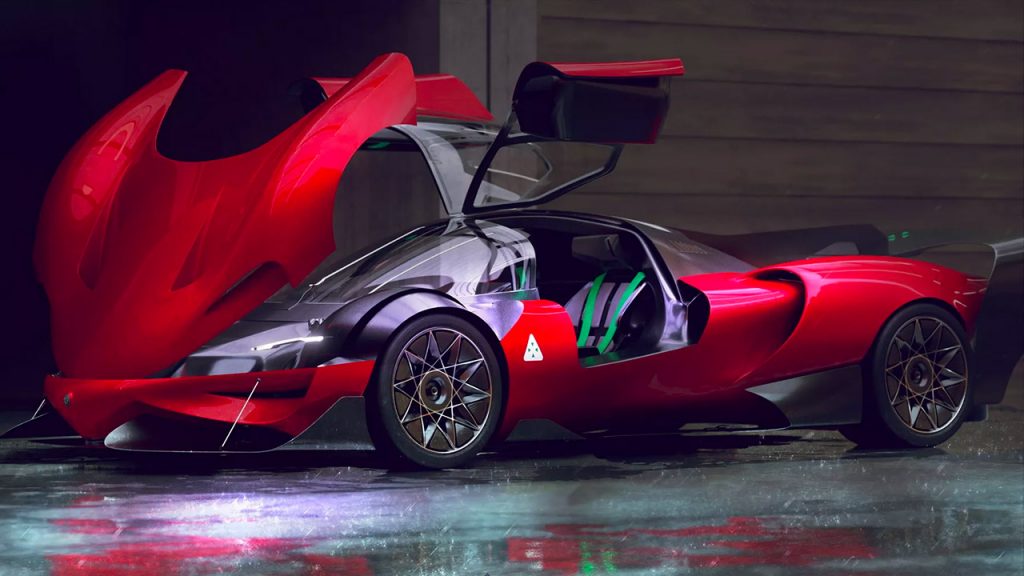

Throughout its history, Alfa Romeo has participated effectively in a wide range of motorsport disciplines, including rallying, sportscar racing and Formula One Grand Prix racing. Through works entries (often made under the names Alfa Corse or Autodelta) and private entrants, they have participated in competitions as both a constructor and an engine supplier. Three years after the A.L.F.A.’s founding, in 1913, the 40/60 HP 6-litre straight-4 engine powered the initial racing vehicle. Alfa Romeo swiftly established a solid reputation in motorsport and gave the marque a sporty image.

For the 1938 24 Hours of Le Mans, Alfa Corse prepared and entered a single 8C 2900B. The car featured a streamlined coupé body at a time when Le Mans racers were almost always open cars. The coupé, piloted by Sommer and Biondetti, held the lead for the majority of the race before experiencing tyre issues and a dropped valve. The vehicle had to retire after being driven to the pits. The coupé had a lead of more than 160 kilometres over the following vehicle when the valve dropped.
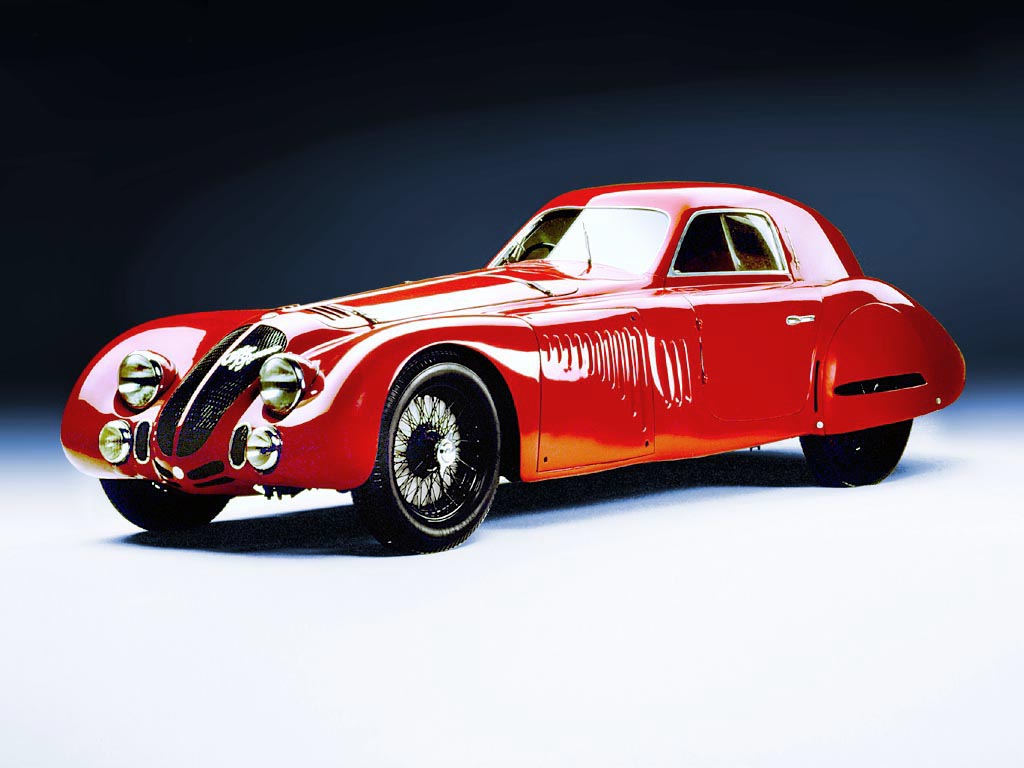
Speaking of vintage models, the Tipo 33 Stradale in particular has unmistakably inspired the appearance of the P7. The bodywork is smooth and flowing, adding to the overall appearance that is clean and uncluttered but deceptively complex in its complexity. The 33 Stradale is one of the world’s first supercars. It was the fastest commercially available car for the standing kilometre when introduced.
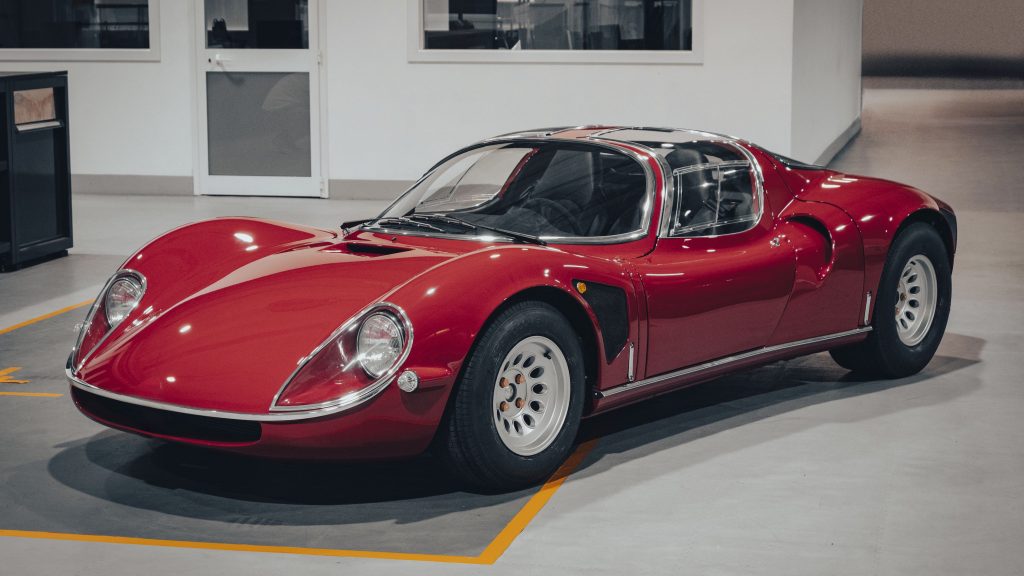
“My philosophy to capturing the essence of classic Alfa Romeo design values, has been this trifecta,” said Kemnitz
Kemnitz envisions the hypercar being propelled by a hydrogen jet engine to keep up with contemporary engineering. The technology is both environmentally conscious and incorporates an internal combustion engine.
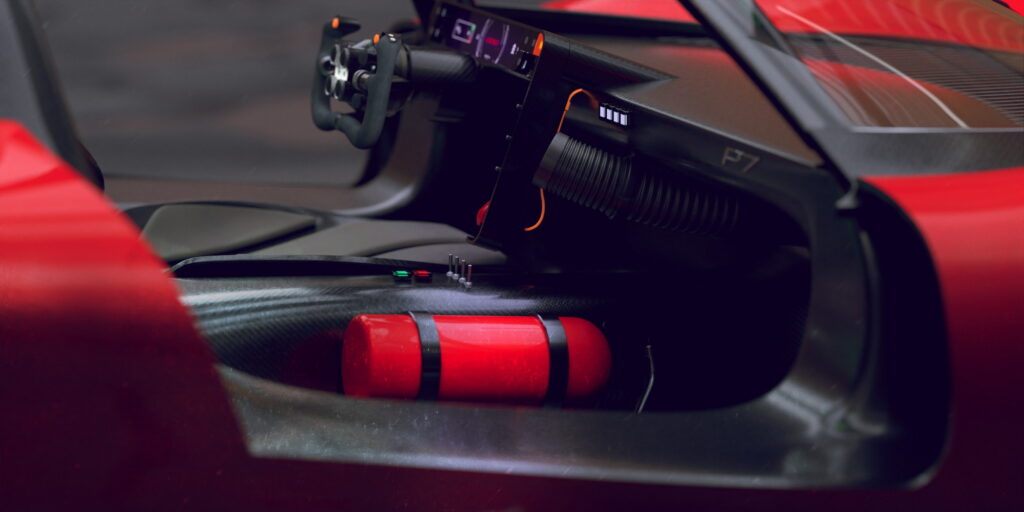
Despite the fact that this has nothing to do with Alfa Romeo’s internal product planning, we can’t help but wish the automaker would think about introducing such a historically accurate racecar to the world’s racing circuits.


